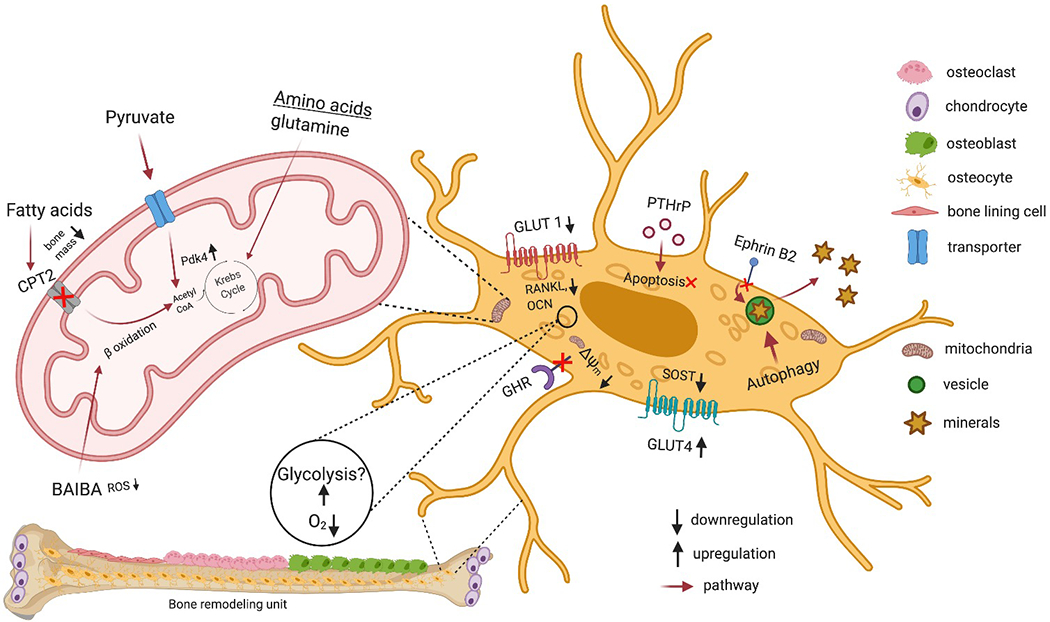Figure 1: Overview of bioenergetic pathways in the osteocyte:

The location of the osteocytes embedded in the lacunae creates a uniquely hypoxic environment that could lead to upregulation of glycolytic pathways. HIF-α regulation leads to increase in bone mass. In osteocytes when GLUT1 is inhibited it reduces osteocalcin and RANKL expression as depicted in the figure, while SOST inhibition leads to glucose uptake through GLUT4. Growth hormone receptor (GHR) is necessary for maintaining mitochondrial function and mitochondrial membrane potential (Δψm) in osteocytes. Based on the studies showing PTH effects on glycolysis and oxidative phosphorylation it will be important to study the role of PTH induced metabolism in osteocytes. The role of amino acids, pyruvate and fatty acids on mitochondrial metabolism in osteocytes need to be addressed. Intracellular substrates potentially generated through autophagy pathways can also regulate secondary mineralization pathways. BAIBA secreted by muscle acts on osteocytes to mitigate ROS generation, mitochondria breakdown and increase viability. Created with BioRender.com
